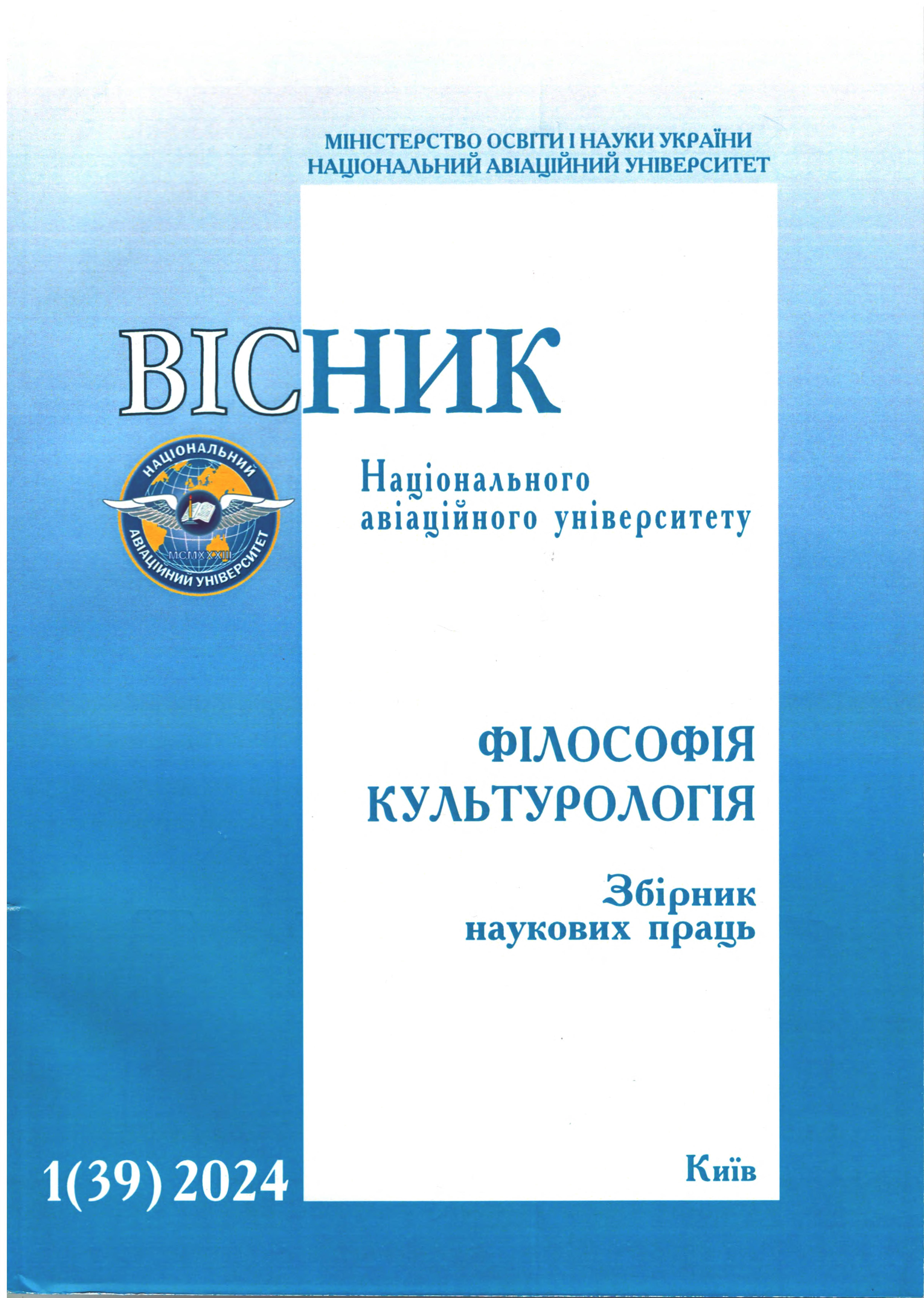THE PLACE OF IMPRESSION IN CONSUMER CULTURE: EVOLUTION OF VALUE STRATEGIES IN CONSUMERISM
DOI:
https://doi.org/10.18372/2412-2157.39.18468Keywords:
consumerism, impression, event, advertisement, discourse, serial production, duplication, duality, effectAbstract
Introduction The impulse to do this research is an analytical section of the work of Joseph Pine and James Gilmore's "Economy of Impressions". The work primarily discusses the significant changes that have occurred in consumerism strategies in recent times. Consumerism, one of the dominant forces of modern culture, has rearranged the space of consumerism per the consumer's request: the consumer now focuses on impressions from the product. The aim and tasks are to substantiate the reasons that led to changes in strategies in the structure of consumerism, particularly the shift from focusing on goods to impressions. It also covers the situation where consumers are now more interested in the impression a product leaves on them rather than the product itself. Research methods. To achieve the set objective, the investigation employs hermeneutic interpretation procedures, analysis of sociocultural phenomena and processes, and comparison of philosophical concepts and theoretical properties. Research results. In recent years, consumerism has changed the vector of its strategic priorities to stabilize the connection with the consumer. Nowadays, the consumer is no longer interested in just the products. Therefore, the emphasis shifts from the thing itself to the flora with which it is enveloped. Advertising is no longer as effective as it used to be since it has lost its «sacred» nature of doubling and has become a mere empty multiplication of irrelevant signs. Discussion. Consumers, being oversaturated with products, now seek more impressions from the spectacles that follow the services offered by the world of consumerism. Conclusions. It can be argued that in the realm of consumer culture, the emphasis has shifted from the goods and things themselves to the impressions that the consumer derive from them. On the one hand, this shift has been brought about by changes in the very system of consumerism strategies, for example, due to the leveling of advertising as a phenomenon. On the other hand, it is connected with changes in the perception of the consumer, who is oversaturated with products and goods.
References
Гончаренко К. С. Обсценність як викриття банальності (Ж. Бодріяр). Міжнародна наукова конференція «Дні науки філософського факультету – 2018», 26-27 квіт. 2018 р. К.: Видавничо-поліграфічний центр «Київський університет», 2018. Ч. 1. С. 13-15.
Лютий Т. Двійник. Про природу дублювання і множинності. К.: Віхола, 2021. 272 с.
Лютий Т. Становлення великих груп: від натовпу та публіки до владновидовищних масових рухів. Наукові записки НаУКМА. Філософія та релігієзнавство. 2018. № 2. С. 3-16.
Пайн Дж., Гілмор Дж. Економіка вражень. Битва за час, увагу та гроші клієнта. К.: Віват, 2021. 416 с.
Baudrillard J., Nouvel J. Singular Objects of Architecture. University of Minnesota Press, 2002. 104 p.


